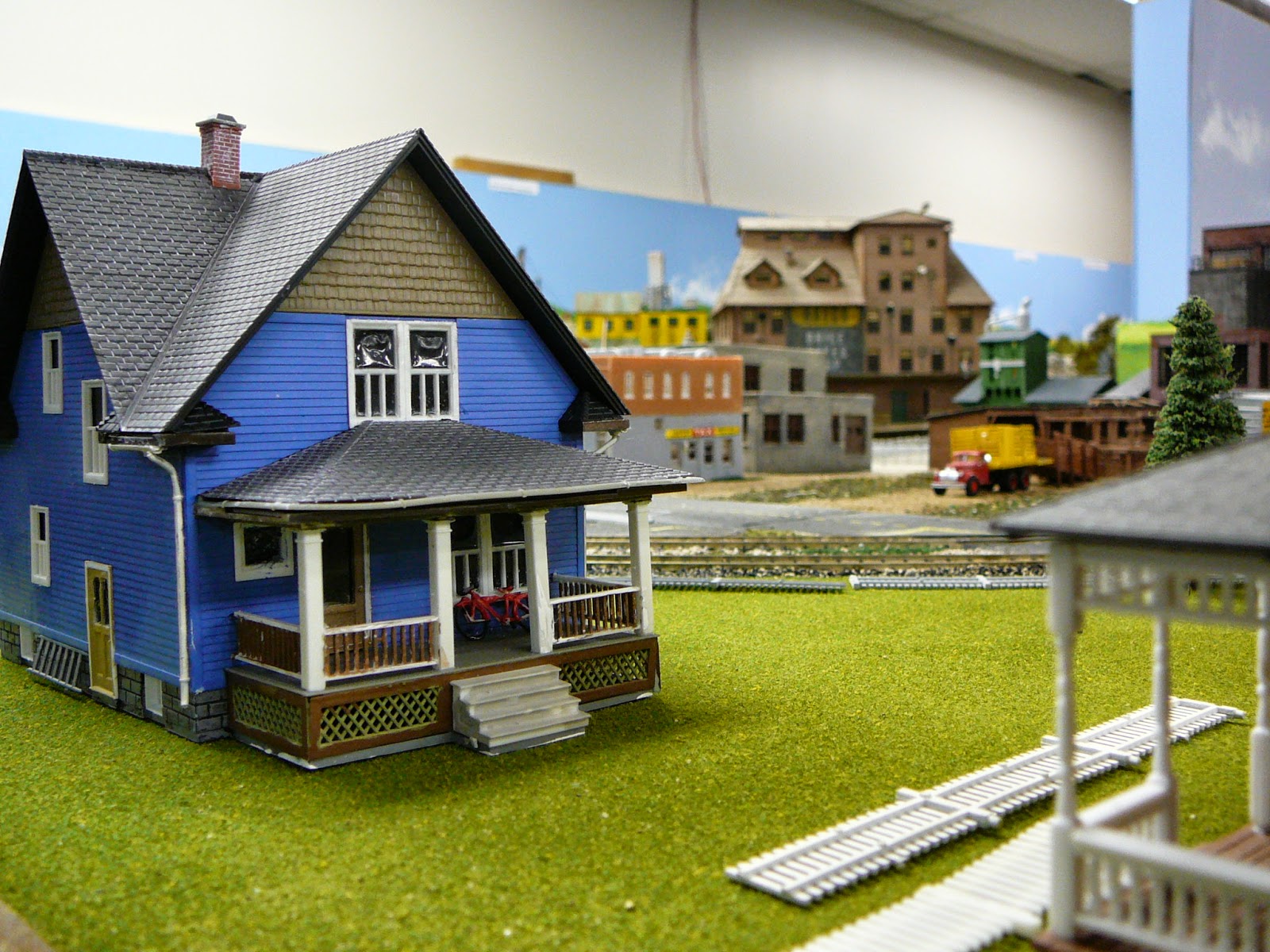Card system for the Huff & Puff
Divisions; CP main, Elsewhere to Wellington. CN Sunset to Tuck (Springbank). Branch would include the
Island, Miller and the yard at Lincoln (behind the Iceing plant). The 1 extra track in Lincoln by the meat
Packing plant would hold the Branch passenger train which runs from Lincoln to Northdale.
Train order cards would be used to decide in what order trains would be run, eg. 8:00 am freight, Elsewhere
To Wellington. This card would be kept with the train until it is completed, and then it is returned to the
Back of the Train order deck of cards. That person would then take the next train order.
trains I can think of are, freights from Elsewhere to Wellington and visa versa, passenger trains from Herons Landing and Wellington, coal unit train, ore unit train (from Ortuna to Elsewhere and back) passenger and freight, from Lincoln to Northdale, and back, Work Train, Unit Trains to Tuck and Sunset, and a Log Train.
Waybills have a set out half and a pickup half. Both contain Town, Industry, Via and car type info.
Via is used for branch lines or special information like icing of refers.
I have counted the car capacity for all siding and yards and listed what type of car each industry would
Receive. This information will be helpful for making up waybills and what car types are needed.
One thought about way bills, what if car movements were driven by the waybills, eg. For each
Freight train you pick a set number of cards, say 16. The first 8 would be pickups, that is 8 car cards with
Pickup waybills in them, and then 8 waybills for set outs, for which you find a car in the yard for them.
If no car is available for a waybill, it is put back at the front of the other cards and the next one is selected.
This way the industries are driving the car requests instead of the car types.
When a trip is completed, eg. Arrived at Wellington, you should have 8 set out cards, and you will flip the
Waybills to the pickup side and place them in the back of the pickup car box. If you started with 1 or more
Via cards Your count will vary. You will have 8 pieces of rolling stock and 8 car cars with pickup waybills.
You first Verify the cards to the rolling stock and then remove the waybills and Place them in the back of the waybill box. When placing them in the waybill box they are first flipped so the set out side is up.
More thoughts on waybills. If an industry siding holds 3 cars do we just make up 3 waybills, so the siding
Will never be over loaded, and this way cars will always be able to be set out, no confusion on what to do.
Do we make waybills for freight to stations like Jutland that have no freight siding, leave the car on the
Passing siding for the next train to pickup, and what about Warwick which has no passing siding?
Any thought and ideas welcome.






